Sweat your way to radiance: detoxify, rejuvenate, and glow with nature’s finest skincare
Sweating is a natural bodily function that is often associated with physical exertion and exercise, rather than its true key role in keeping our skin youthful, dewy and firm.
In fact, there are many skin health and whole body benefits to sweating beyond the cooling of the body and regulation of temperature that it gets its reputation for.
We asked Goldfaden MD’s Wellness Expert Alyssa Switzer, a dancer, yoga teacher and endurance trainer, why sweating is so good for skin health and the mechanisms that make it so.
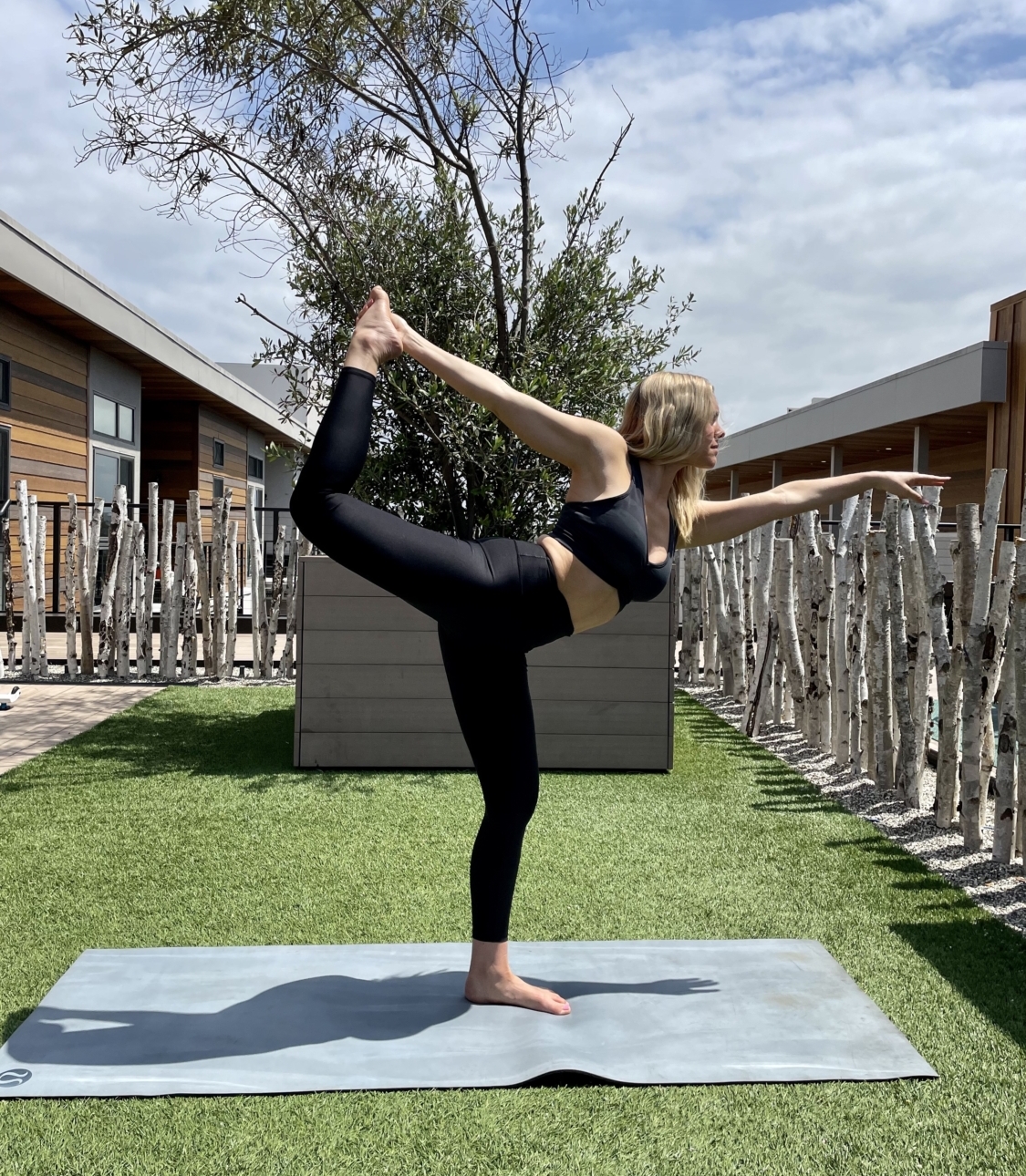
Unclog Pores
One of the most noticeable ways in which sweating benefits the skin is by helping to unclog pores. Our skin is exposed to a variety of pollutants (such as dirt, oil and bacteria), which can accumulate in the pores and cause inflammation and breakouts. When we sweat, our pores open up, allowing these impurities to be released from the skin. This cleansing process is an effective way to keep the skin clean and prevent acne and other skin issues.
Hydration
Sweating can also help hydrate the skin. Sweat is made up of water, salt and other minerals that help moisturize and nourish the skin. This is particularly beneficial for people with dry skin or conditions such as eczema, which can cause the skin to become rough and flaky. By sweating, we are providing our skin with a natural source of hydration, which can help to make it look and feel healthier.
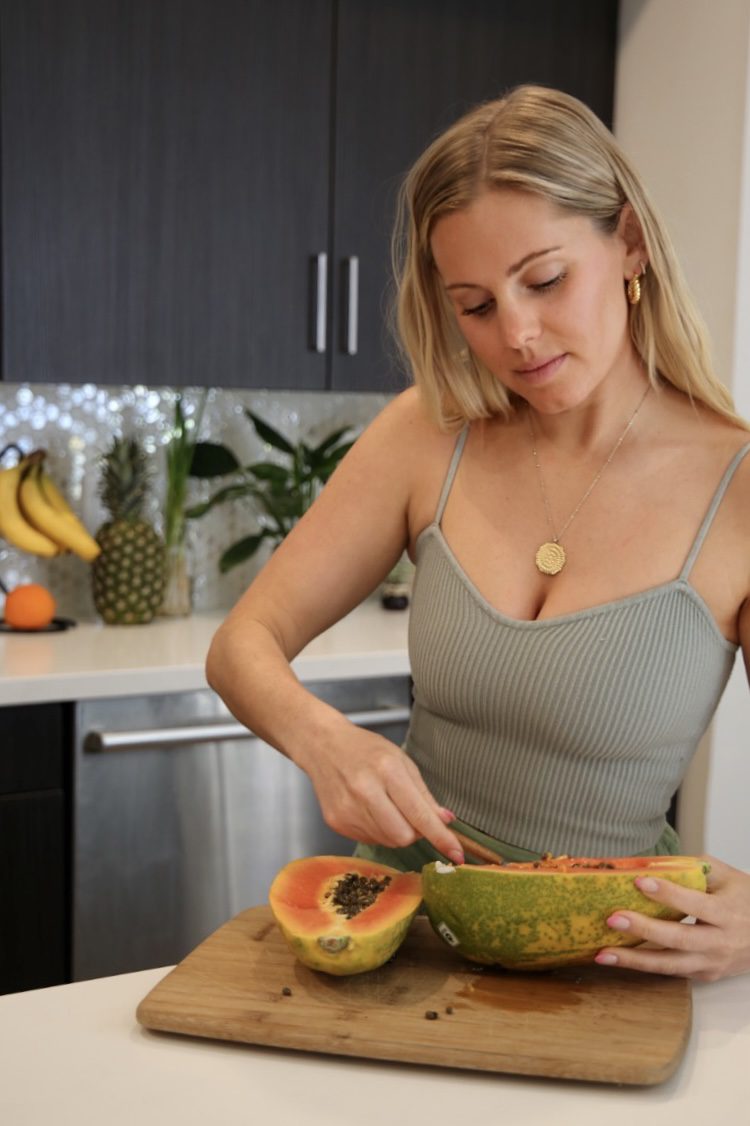 Removed Toxins
Removed Toxins
Furthermore, sweating can aid in removing toxins from the body that can damage the skin and cause premature aging. When toxins build up in the skin, they can cause inflammation, dullness and other signs of aging. By sweating, our body can eliminate these toxins and promote healthy skin cell turnover, which can help to keep our skin looking younger and more vibrant.
Circulate Blood Flow
In addition to these benefits, sweating can also help circulate blood flow to the skin. When we sweat, our blood vessels dilate, allowing more blood to flow to the skin’s surface. This increased blood flow can deliver oxygen and nutrients to the skin cells, which can help to support collagen production. Collagen is a protein that is essential for maintaining skin elasticity and firmness, and its production naturally declines as we age. By boosting collagen production, sweating can help promote firmer, more youthful-looking skin.
However, it is important to note that excessive sweating can have negative effects on the skin if left unmanaged. Excessive sweating without cleansing can lead to skin irritation, rashes and breakouts. It’s essential to maintain proper hygiene and a good skincare routine to prevent skin problems. Following your workouts, it’s key to remove the impurities you’ve just sweated out from your skin as soon as possible. Wash your face and body using a gentle cleanser such as Goldfaden’s Pure Start. You can skip exfoliating after a workout to avoid potential irritation.
In conclusion, sweating is an excellent way to promote healthy, radiant and youthful-looking skin. By unclogging pores, hydrating the skin, removing toxins and boosting blood flow, sweating can have numerous positive effects on our skin health. Just remember to give your skin a nice, refreshing cleanse afterward.
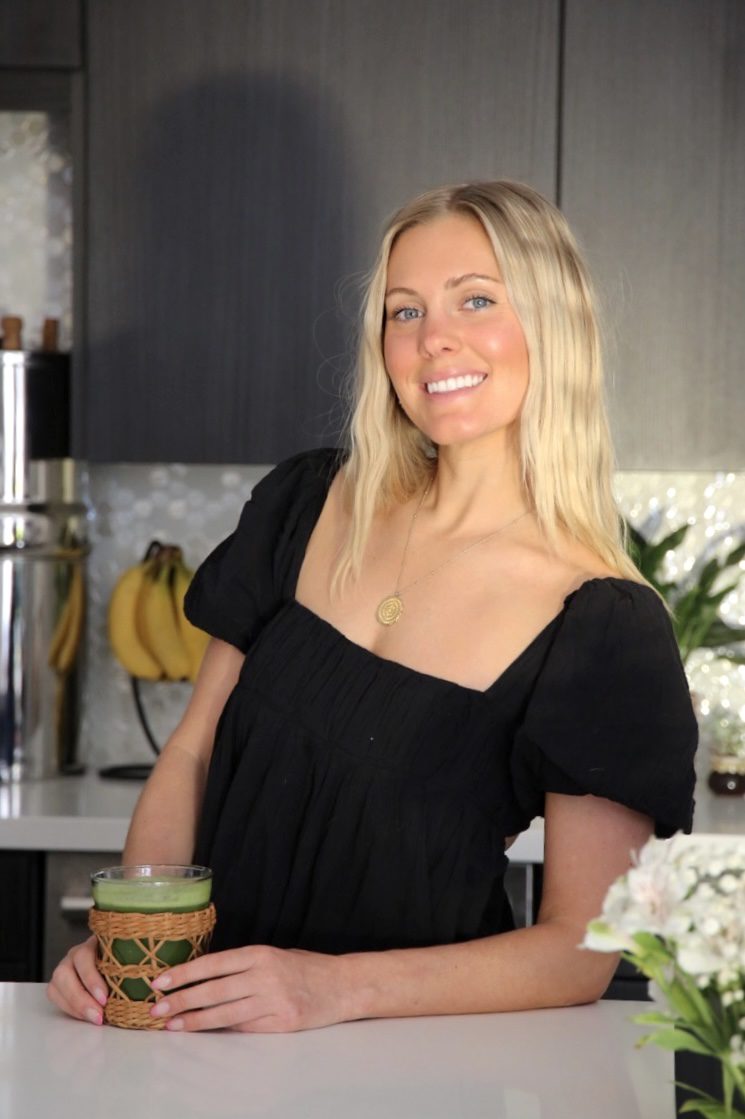 About Alyssa
About Alyssa
Alyssa is a dancer, yoga teacher and high performance and endurance trainer, which is why she believes understanding and healing the body is of the utmost importance. Her passion for movement, nourishing foods, performance, and physical & mental health are constantly growing and evolving. Whether through her yoga teaching or training, Alyssa will bring you to places within yourself where deep change and healing can occur.

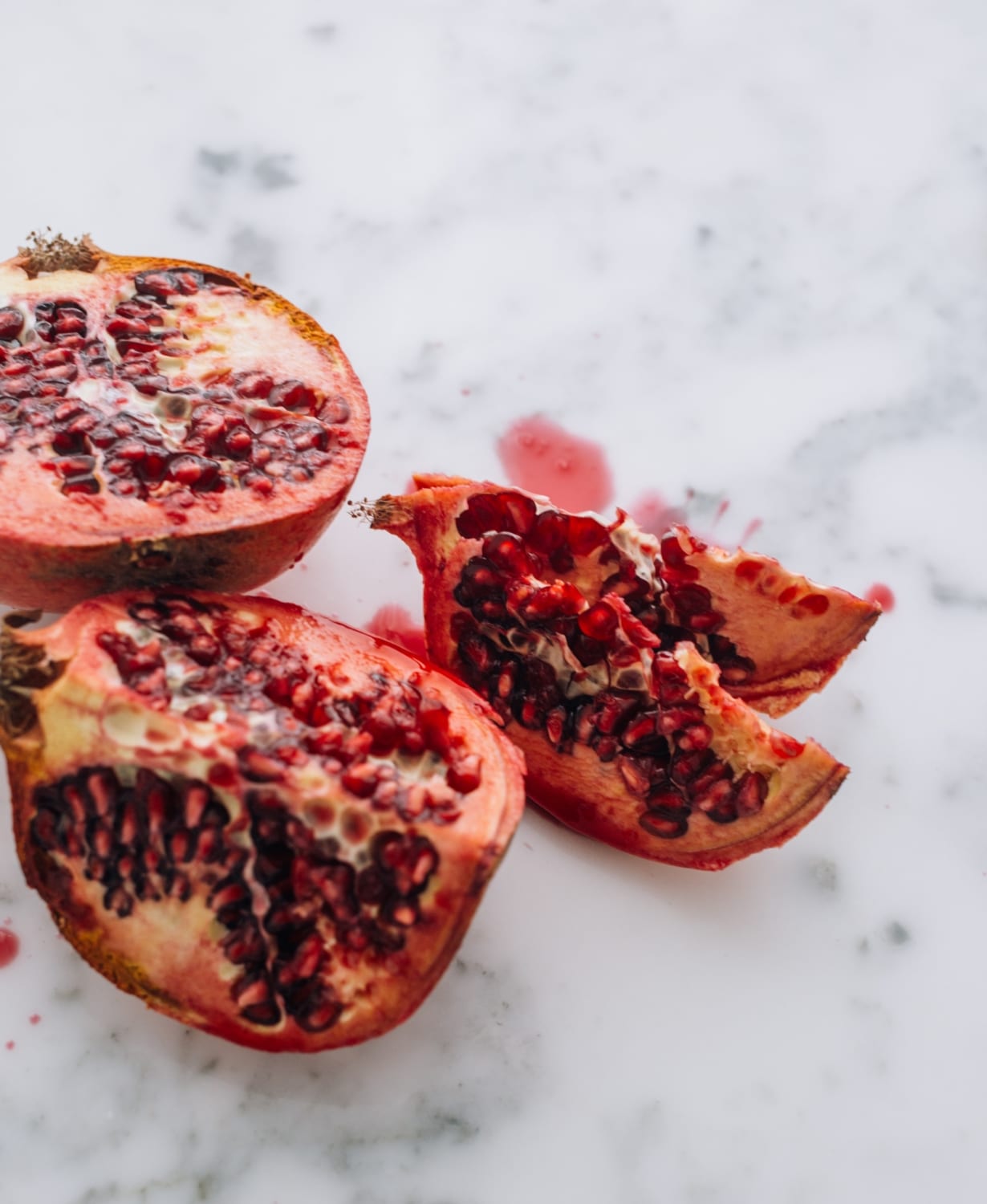 Pomegranate Juice
Pomegranate Juice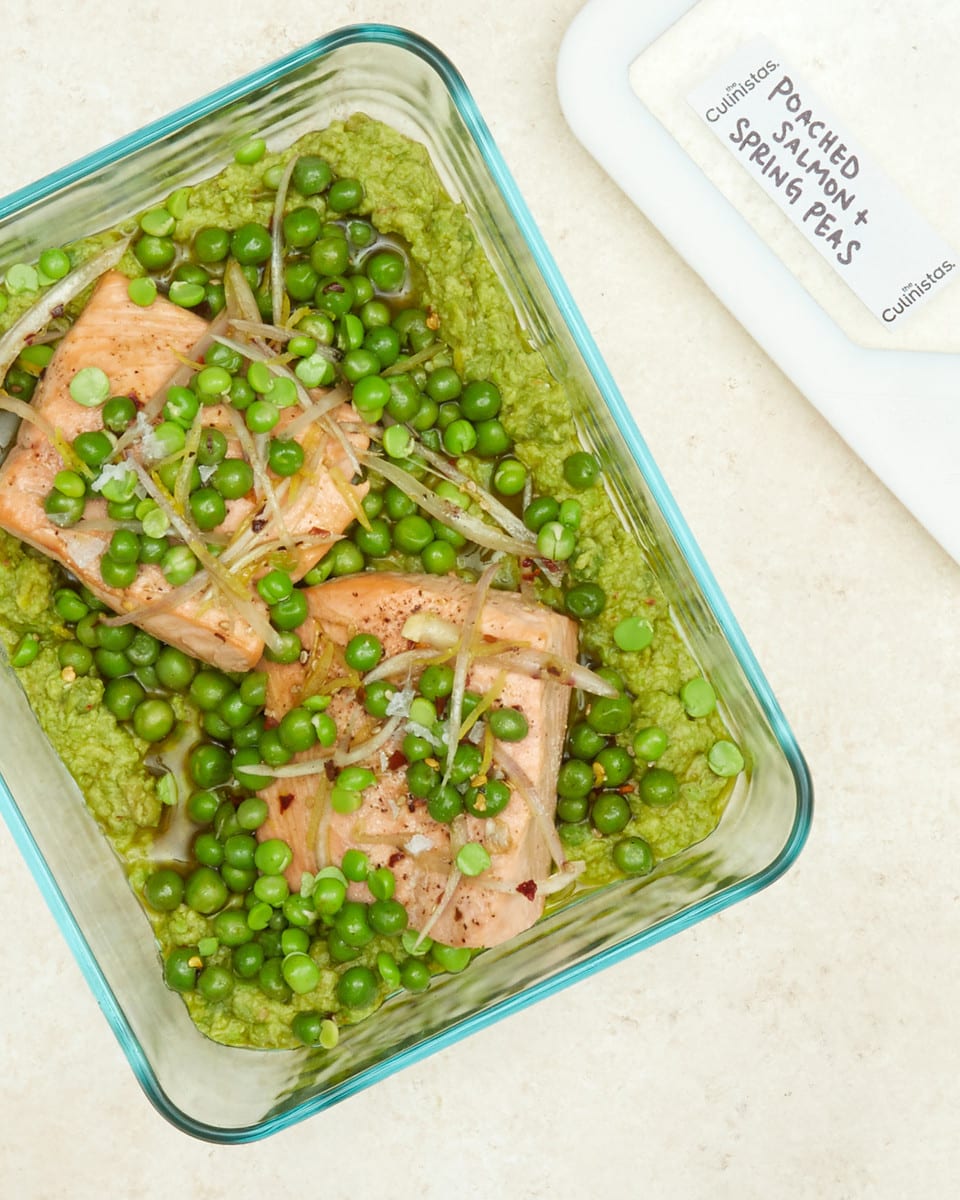 Salmon
Salmon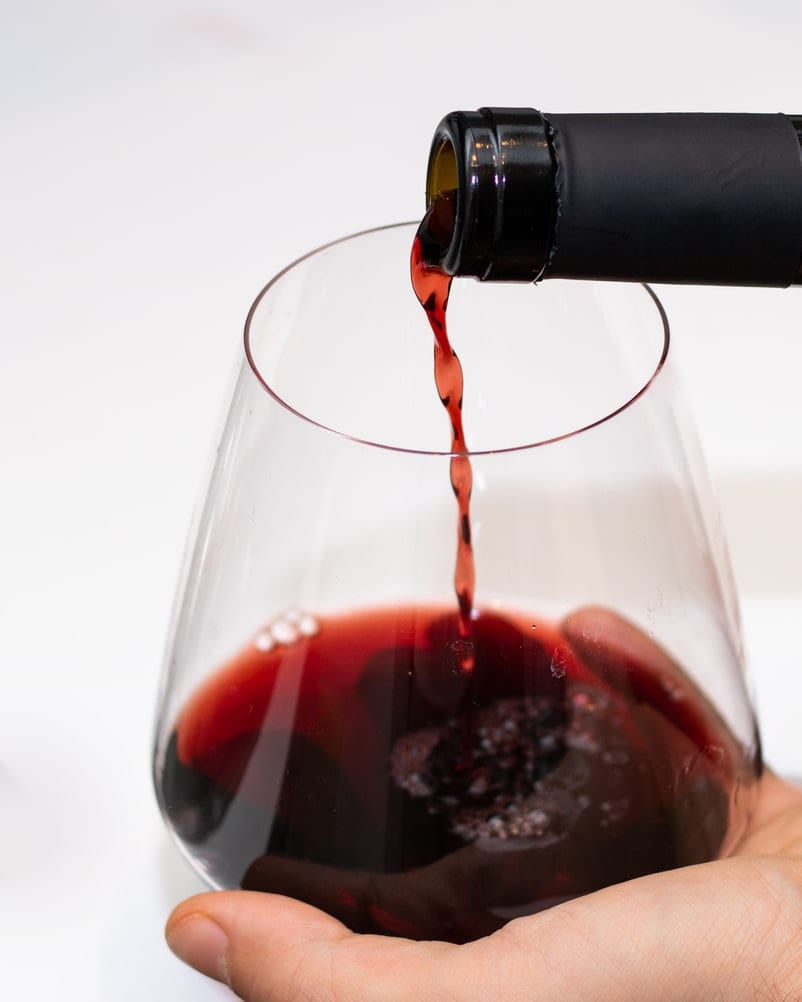 Red Wine
Red Wine